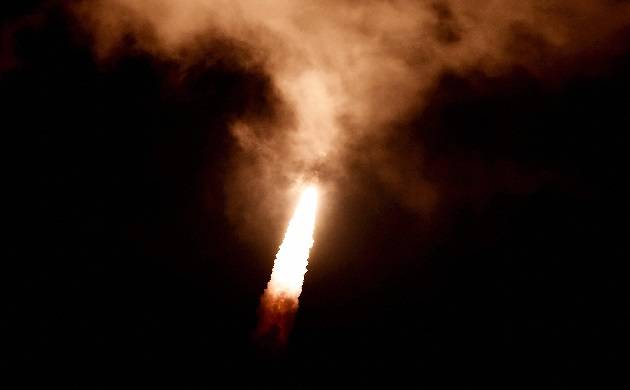
The PSLV-C39 rocket, which failed to launch the IRNSS 1H satellite on Thursday, was dragged down by at least one tonne of extra weight from the unseparated heat shield after the second stage, its velocity reduced by one kilometre per second.
This greatly reduced the altitude it was to reach for a successful mission, say scientists privy to the project.
Former Isro Satellite Centre director SK Shivakumar said: “The launch vehicle was carrying at least one tonne more than its design permitted it, as the heat shield did not separate. This affected its velocity. For example, it should have attained a velocity of 9.5km per second at the end of it but attained only 8.5km per second.”
The heat shield is meant to protect the satellite from the heat generated due to friction against atmosphere during takeoff.
Once a satellite is placed in orbit, the shield is expected to separate and fall off. In this case, the command for separation reached the heat shield’s mechanisms but it did not trigger the mechanical process to release the satellite.
In effect, the heat shield began to weigh down the launch from the the 114th second. “I cannot accurately say by how much it missed the desired altitude. It was supposed to have an apogee (farthest point from Earth) of 20,650km but managed only 6,000-odd km,” Shivakumar said.
Isro chairman Kiran Kumar said Thursday’s failure, the first in the PSLV’s 24 years, would not affect future missions as there was no structure or design flaw. “There has been a snag that resulted in the heat shield not separating… what exactly caused that needs to be found out. A team of experts has begun the examination,” he said.






